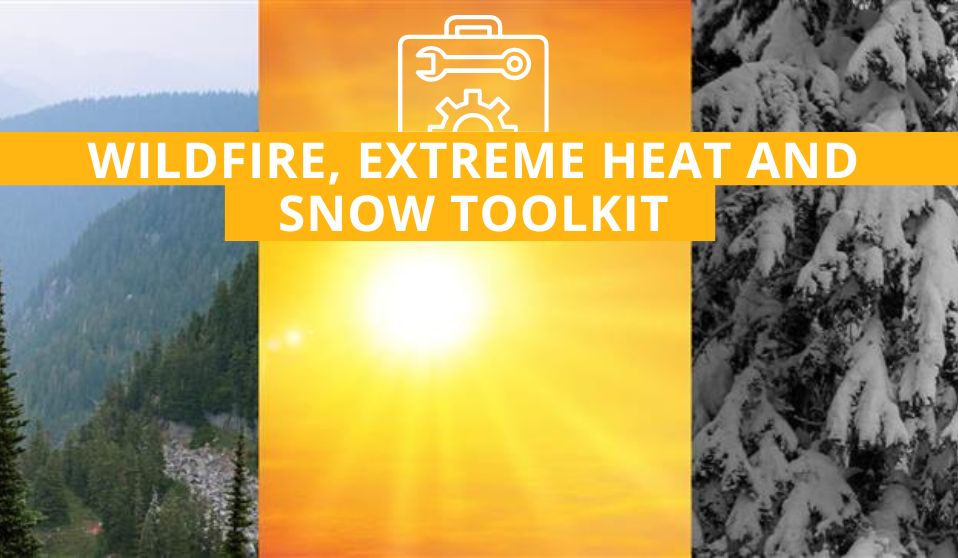
Neither snow nor smoke nor heat wave keeps hospitality businesses from serving our guests!
Be prepared with our extreme weather toolkit. It offers essential resources to help you prepare for and respond to wildfires, extreme heat, and snow, including guidance on creating emergency response plans, coordinating with local authorities, and implementing safety measures. The toolkit also provides best practices for maintaining operations and ensuring the safety of both staff and guests.
To unlock this members-only content…
For members:
- Click here to log in or retrieve a lost password.
- If you do not have login credentials, request members-only access here.
- If you have trouble with the lost password function, reach out to our tech team here.
For non-members:
- If you would like to become a member and gain access to all the exclusive information and resources the Washington Hospitality Association has to offer, reach out to our membership team here.
